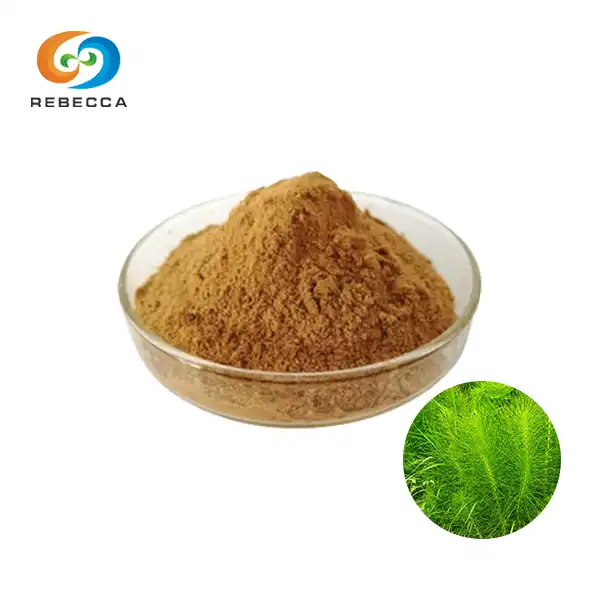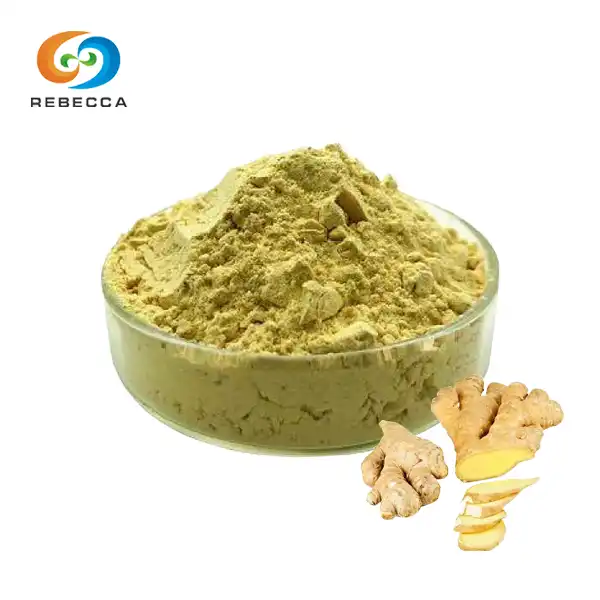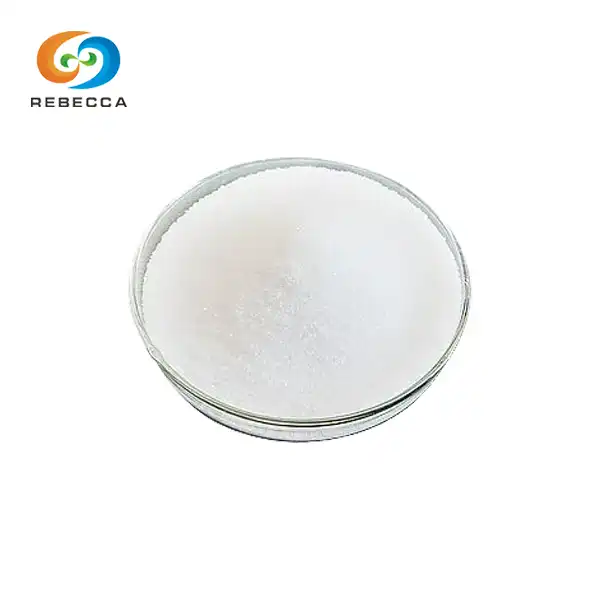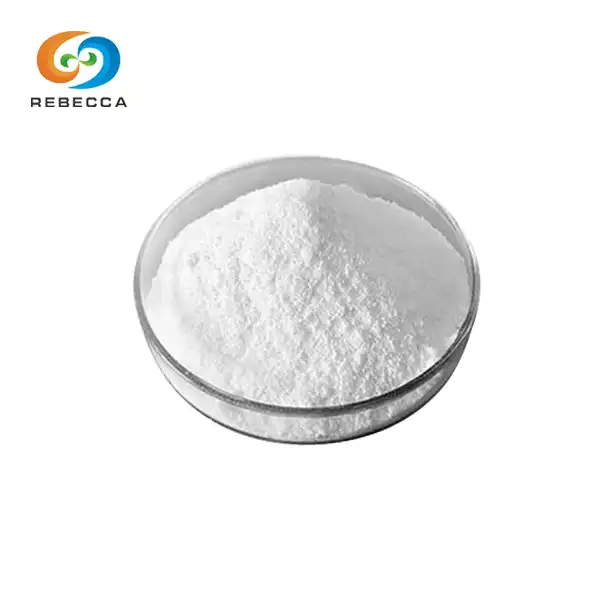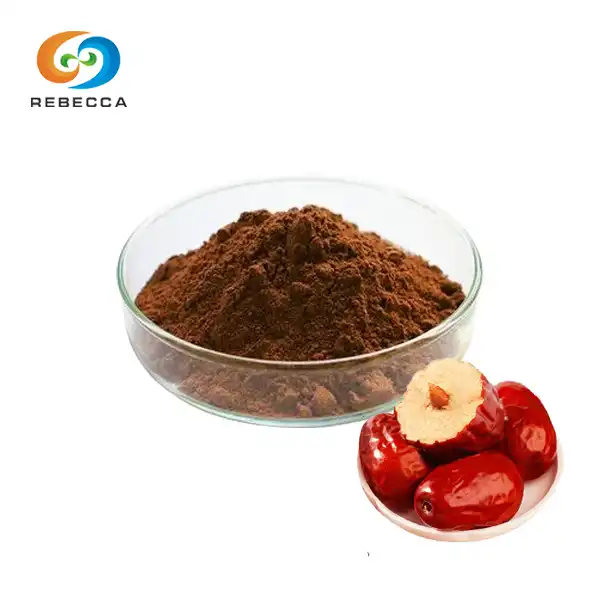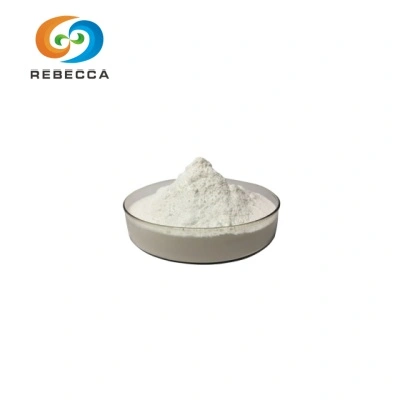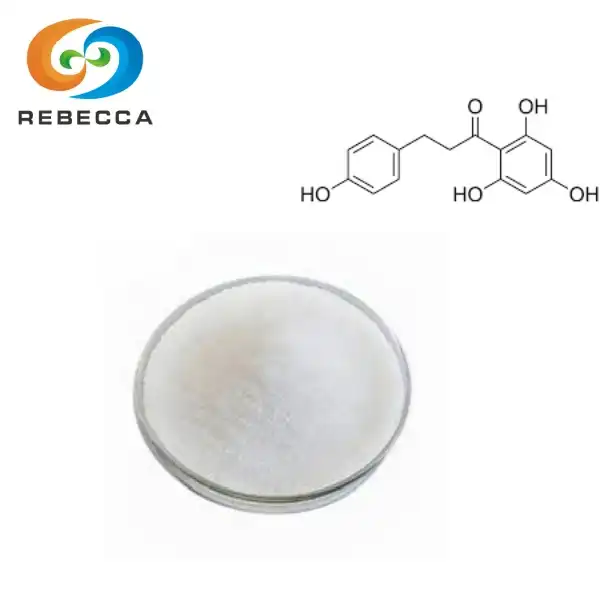Fucoxanthin Extraction Method
Fucoxanthin powder, a unique carotenoid pigment found primarily in brown seaweed, has garnered significant attention in recent years due to its potential health benefits. This powerful compound is known for its antioxidant properties and its potential role in weight management, making it a subject of interest for both researchers and health enthusiasts. In this article, we'll explore the primary sources of fucoxanthin, the extraction methods used to obtain this valuable compound, and the common solvents employed in the process.
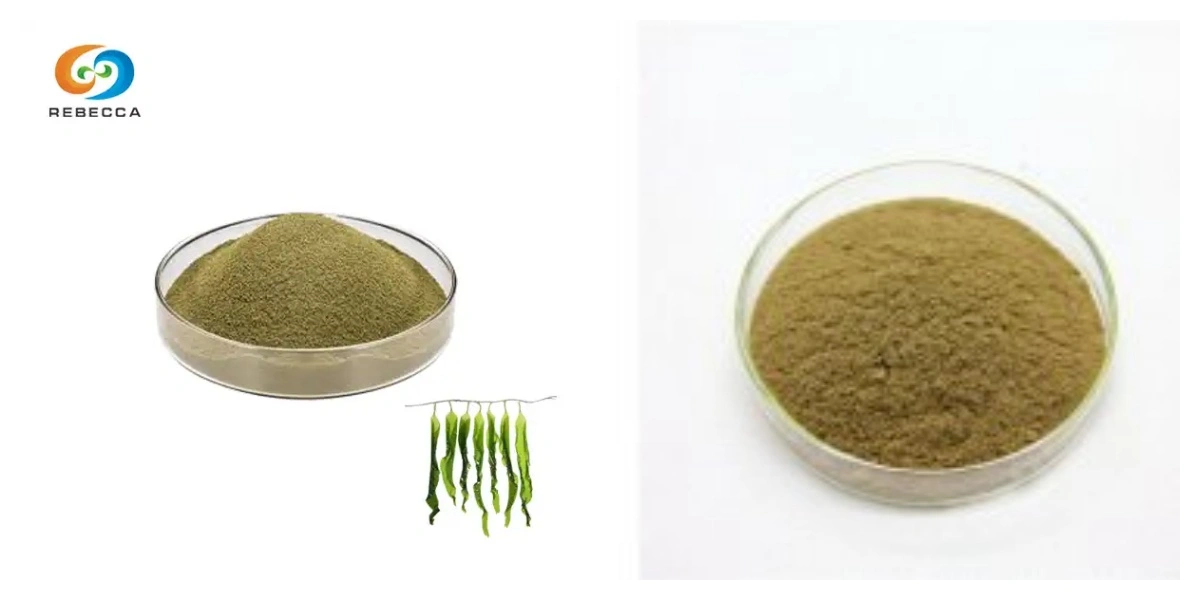
What Are the Primary Sources of Fucoxanthin?
Fucoxanthin is predominantly found in various species of brown seaweed (Phaeophyceae), which are abundant in coastal waters around the world. These marine algae use fucoxanthin as a light-harvesting pigment, allowing them to absorb blue-green light efficiently and thrive in deeper waters where other wavelengths of light are scarce.
Some of the primary sources include:
- Undaria pinnatifida (Wakame): This edible seaweed, commonly used in Asian cuisine, is one of the richest sources.
- Laminaria japonica (Kombu): Another popular edible seaweed, kombu is widely used in Japanese cooking and is a significant source of fucoxanthin powder.
- Sargassum fusiforme (Hijiki): This brown seaweed is known for its high fucoxanthin content and is often used in traditional Asian medicine.
- Fucus vesiculosus (Bladderwrack): A common seaweed found in the North Atlantic, bladderwrack is another notable source.
While these brown seaweeds are the primary natural sources of fucoxanthin, researchers are also exploring the potential of cultivating microalgae species, such as Phaeodactylum tricornutum, as alternative sources for fucoxanthin production. These microalgae can be grown in controlled environments, potentially offering a more sustainable and efficient method of fucoxanthin powder.

How Is Fucoxanthin Extracted From Seaweed?
The extraction of organic fucoxanthin from seaweed is a complex process that requires careful handling to preserve the compound's integrity. The general steps involved in fucoxanthin extraction include:
- Harvesting and Pre-treatment: The seaweed is harvested, cleaned, and dried to remove excess water. In some cases, the seaweed may be freeze-dried to better preserve its nutritional content.
- Size Reduction: The dried seaweed is ground into a fine powder to increase the surface area and improve extraction efficiency.
- Solvent Extraction: The seaweed powder is mixed with an appropriate solvent (or combination of solvents) to extract the fucoxanthin. This step may involve heating, stirring, or using ultrasonic techniques to enhance extraction.
- Filtration: The mixture is filtered to separate the solid residue from the liquid extract containing it.
- Concentration: The liquid extract is concentrated using techniques such as rotary evaporation or vacuum distillation to remove excess solvent.
- Purification: The concentrated extract undergoes further purification steps, which may include column chromatography or high-performance liquid chromatography (HPLC), to isolate pure fucoxanthin powder.
- Drying: The purified fucoxanthin is dried, typically through freeze-drying or spray-drying, to produce fucoxanthin powder.
It's worth noting that the specific extraction method may vary depending on the seaweed species, the desired purity of the final product, and the scale of production. Researchers and manufacturers continue to refine these methods to improve efficiency and yield.

What Are the Common Solvents Used in Fucoxanthin Extraction?
The choice of solvent is crucial in the fucoxanthin extract process, as it affects the efficiency of extraction, the purity of the final product, and the overall cost of production. Some common solvents used in extraction include:
- Acetone: This organic solvent is widely used due to its effectiveness in extracting fucoxanthin. However, it's highly volatile and flammable, requiring careful handling.
- Ethanol: A more environmentally friendly option, ethanol is often used in food-grade extractions. It's less efficient than acetone but safer to handle.
- Methanol: While effective for extraction, methanol is toxic and less preferred for food-grade products.
- Hexane: This non-polar solvent is effective for extracting lipids and carotenoids but may require additional purification steps.
- Supercritical CO2: This method uses carbon dioxide in a supercritical state as a solvent. It's considered a green extraction technique but requires specialized equipment.
Often, a combination of solvents is used to optimize the extraction process. For example, a mixture of acetone and methanol has been found to be particularly effective for fucoxanthin extraction from some seaweed species.
In recent years, there has been a growing interest in developing more sustainable and environmentally friendly extraction methods. These include the use of enzyme-assisted extraction, microwave-assisted extraction, and pressurized liquid extraction. These techniques aim to reduce solvent use, decrease extraction time, and improve overall efficiency.
It's important to note that the choice of extraction method and solvent can significantly impact the quality and purity of the final product. Factors such as extraction yield, selectivity, and the potential for solvent residues must be carefully considered, especially when producing fucoxanthin powder for use in dietary supplements or functional foods.

Fucoxanthin Powder Supplier
Looking to secure a reliable partner for your production needs? Look no further than Rebecca Bio-Tech. With our three advanced production lines, we produce over 100 high-quality products, including fucoxanthin powder, with an annual capacity exceeding 2,000 tons. Our commitment to a stable supply chain ensures consistent availability for your business. We offer competitive pricing and provide free samples along with MSDS documents, showcasing our dedication to transparency and customer satisfaction. Reach out to us at information@sxrebecca.com to learn more and take the first step towards a successful partnership.
References:
- Xia, S., Wang, K., Wan, L., Li, A., Hu, Q., & Zhang, C. (2013). Production, characterization, and antioxidant activity of fucoxanthin from the marine diatom Odontella aurita. Marine Drugs, 11(7), 2667-2681.
- Airanthi, M. K. W. A., Hosokawa, M., & Miyashita, K. (2011). Comparative antioxidant activity of edible Japanese brown seaweeds. Journal of Food Science, 76(1), C104-C111.
- Conde, E., Moure, A., & Domínguez, H. (2015). Supercritical CO2 extraction of fatty acids, phenolics and fucoxanthin from freeze-dried Sargassum muticum. Journal of Applied Phycology, 27(2), 957-964.
- Gilbert-López, B., Barranco, A., Herrero, M., Cifuentes, A., & Ibáñez, E. (2017). Development of new green processes for the recovery of bioactives from Phaeodactylum tricornutum. Food Research International, 99, 1056-1065.
